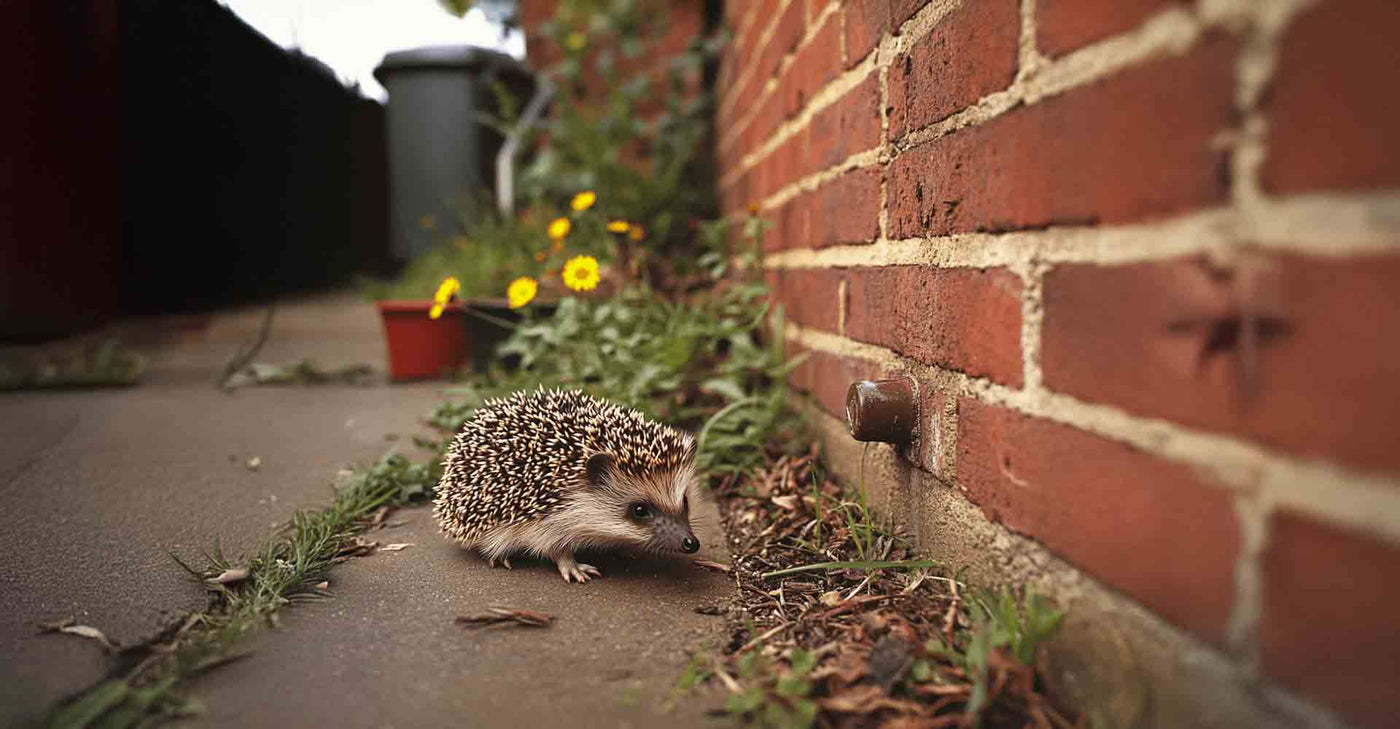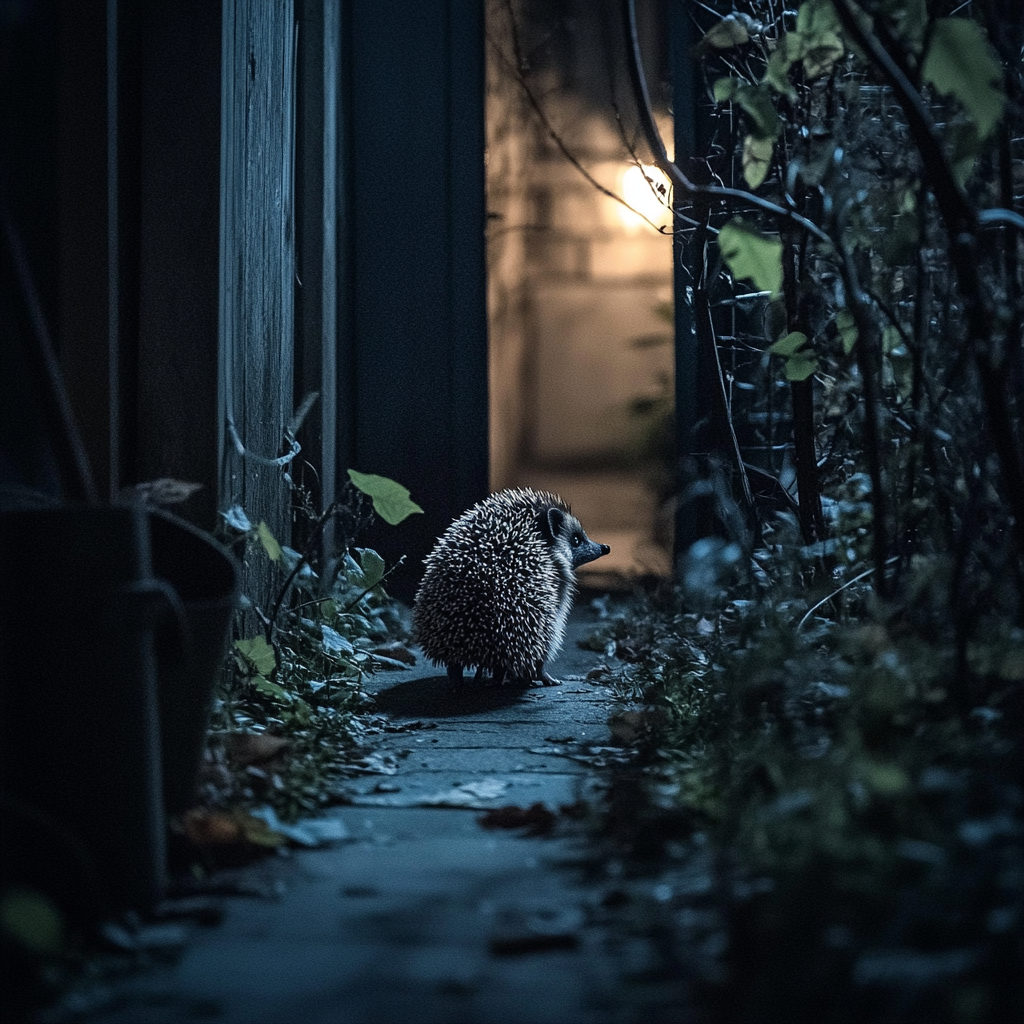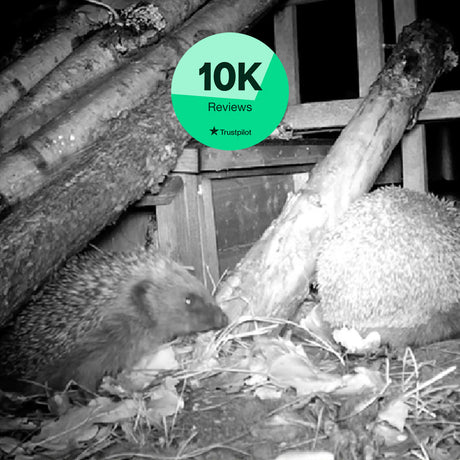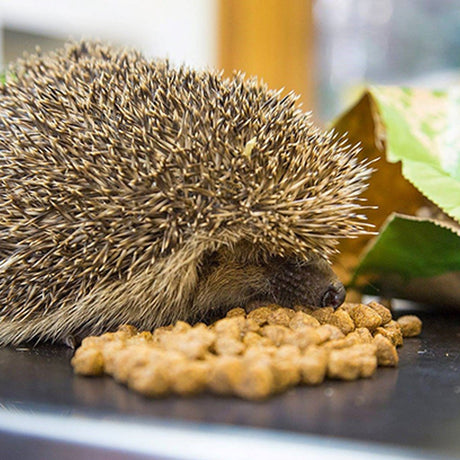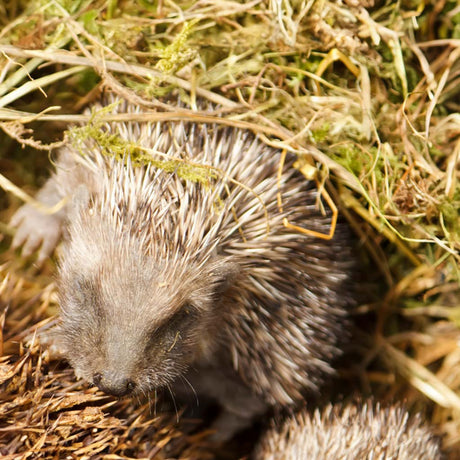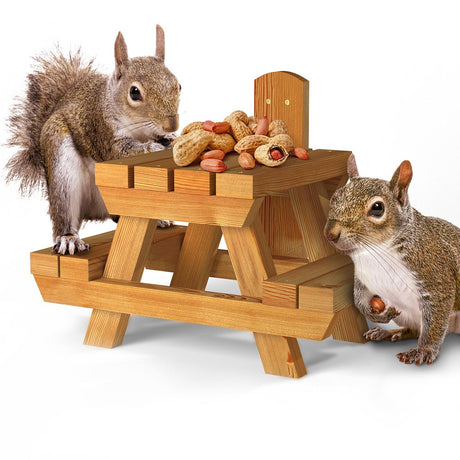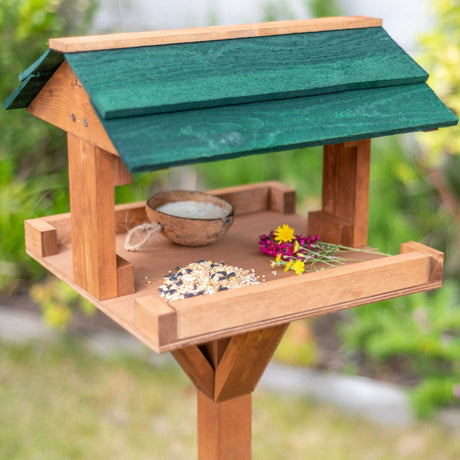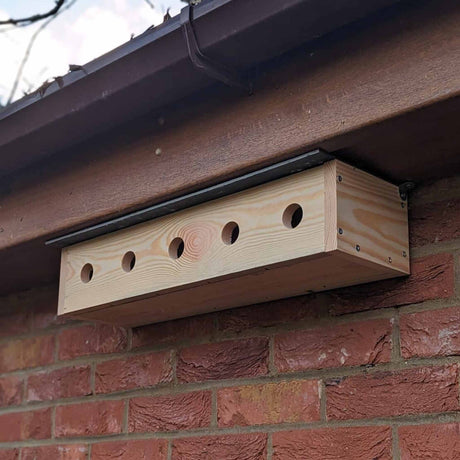You can encourage hedgehogs to live and breed in your neighbourhood by
- Providing “highways” or holes in walls and fences so they can move around freely.
- Offering extra food and water during spring, summer and autumn.
- Providing hedgehog houses for nesting and hibernation.
- Creating a natural area in your garden to offer shelter and encourage the creatures hedgehogs like to eat.
From Beatrix Potter to Sonic hedgehogs are one of our most loved and recognisable mammals.
But hedgehogs in the UK are in trouble. Numbers are in steep decline as intensive farming destroys their natural habitat and food sources.
Gardens up and down the country are now incredibly important environments for hedgehogs. And the good news is that whilst hedgehog numbers are still in decline in the countryside, hedgehogs in gardens are on the increase.
So anything you can do to encourage hedgehogs will be a real help to the species.
Here are our top tips for how to encourage hedgehogs in your garden and the local area.
How to Encourage Hedgehogs In Your Neighbourhood
Build a Hedgehog Highway
- Hedgehogs range over quite a large area each night looking for food.
- Your garden on its own will not be big enough for them.
- So the first thing you need to do to make them welcome is to offer them a way in and out.
- Cut a hole in the bottom of your fence, around 5 inches square, this will give them the freedom to come and go as they please.
- It’s also great if you can discuss what you are doing with your neighbours and encourage them to do the same.
- Then register your highway on the big hedgehog map here. This will help with research into how highways help the local hedgehog population.
Provide Food and Water
Hedgehogs have a varied natural diet which includes beetles, slugs and caterpillars. But as most of these species are in decline it’s becoming more difficult for hedgehogs to get enough food from natural sources.
So hedgehogs will be most appreciative of any extra food you can offer.
Choose meaty cat food or dog food, or Better still specialist hedgehog food. And always offer water to drink, never milk.
Check out our full guide to what hedgehogs eat here.
And our guide to setting up a hedgehog feeding station here.
Provide a Hedgehog House
Offering hedgehogs shelter in the form of a hedgehog house is a great way to make them welcome.
Hedgehogs use houses as feeding stations, day time nests, breeding nests and hibernation nests.
They are useful because the kinds of places that hedgehogs would naturally nest are becoming more difficult to find - more on this later!
You can buy a ready-made hedgehog house here.
Make Your Pond Hedgehog-Safe
Hedgehogs enjoy a drink from the pond and are quite good swimmers.
But they will struggle to get out of steep-sided ponds and may eventually drown.
So make your pond hog-friendly by providing an escape route.
This might be a gently shelving beach, or a ramp, or just a strategically placed rock or log.
This won't just help hedgehogs, it will also help other creatures to avoid a watery grave.
Create a Wild Corner
A neat and tidy garden is a bit like a desert for wildlife. It may look lovely to you, but a manicured lawn, neatly raked gravel and meticulously weeded borders don’t offer much food or habitat to hedgehogs or the creatures they eat.
Consider letting a corner (or more!) of your garden go a bit wild.
Have an area where you don’t cut back or trim too much. Let a few weeds grow. Maybe even consider introducing some native plants and wildflowers.
This will offer cover for hedgehogs but more importantly will encourage all the creatures that hedgehogs like to eat. If you introduce a wild corner you will also quickly start to see more bees, butterflies and birds in your garden.
Build a Log Pile.
This is another double winner. Log piles provide great natural nesting sites for hedgehogs.
And they also provide great habitat for beetles, the hedgehogs favourite food.
Your log pile doesn’t have to be huge, just a few bits of wood left undisturbed to rot down in a corner will do nicely.
Avoid Pesticides - Especially Slug Pellets
Pesticides are really bad for hedgehogs and all our native wildlife.
You may be intending to just kill off the black fly, or aphids that are attacking your veg patch. But when a hedgehog eats the bugs you’ve poisoned that poison gets into her system and can cause all sorts of damage and illness.
Slug pellets are a particular problem because hedgehogs will eat so many slugs! Try opting for natural alternatives and allowing the hedgehogs to deal with your slug problem for you.
Strim with Care
Hedgehogs like to hide out in long grass and undergrowth. So be very careful when you are strumming.
Even with all those prickles, a hedgehog stands no chance against a striker.
Beware of the Dog

If you are keen to encourage hedgehogs then you should maybe think about supervising your dog in the garden after dark.
Though a dog is unlikely to kill a hedgehog neither party is going to be particularly happy if they get too close one evening.
Don’t worry, you only need to supervise between April and October. In the winter the hedgehogs are hibernating, so your pooch can do his evening business on his own when the weather gets nasty!
Support Your Local Hedgehog Rescue Project
Hedgehog Rescue centres do vital work in nursing sick and underweight hedgehogs.
Because hedgehogs produce so few babies each year the life of every single hog is important for the survival of the species.
Most hedgehog rescue centres are small, local charities, run by volunteers in their spare time.
So they really need your support. Get in touch, find out how you can help and get involved.
You’ll learn loads more about how to encourage hedgehogs.
You can find your local rescue centre here.
Conclusion: Encouraging Hedgehogs in Your Area is Easy and Fun
As their habitats are destroyed and their number dwindle British hedgehogs are in tour Le and really need our help.
The good news is that the green spaces in urban areas: parks, allotments, cemeteries and most importantly, our gardens offer a lifeline to hedgehogs.
You can encourage hedgehogs by making some simple changes to your garden and working with your neighbours to make your area truly hedgehog-friendly.
For more information on how you can help hedgehogs, visit:
And if you spot a hedgehog in trouble, you can find your local hedgehog rescue project by clicking here.
If you have more questions on encouraging hedgehogs in your neighbourhood we would love to hear from you, leave us a comment below.
